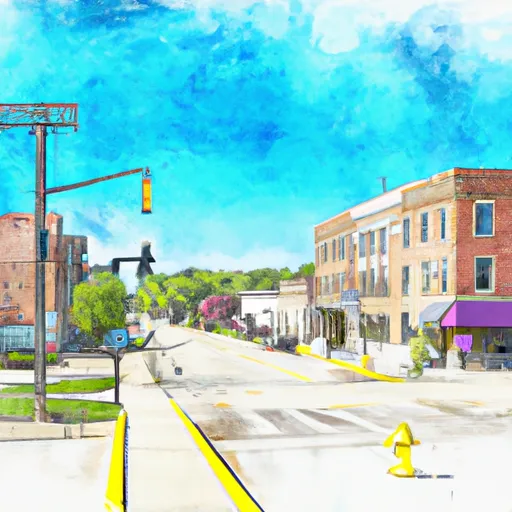°F
°F
mph
Windspeed
%
Humidity











McCallsburg is a small town located in Story County, Iowa. It experiences a humid continental climate characterized by four distinct seasons. Summers are warm and humid, with average temperatures reaching the mid-80s Fahrenheit. Winters are cold, with temperatures dropping to the teens and occasional snowfall.
The hydrology constituents of McCallsburg are primarily influenced by the Skunk River, which flows nearby. The area is known for its fertile soil, making it suitable for agriculture, particularly corn and soybean farming.
Outdoor enthusiasts in McCallsburg can enjoy a variety of recreational opportunities. The nearby Skunk River provides opportunities for fishing, boating, and kayaking. Hunters can explore the surrounding woodlands for deer, turkey, and other game species. The town is also close to several parks and wildlife areas, offering opportunities for hiking, picnicking, and birdwatching.
In summary, McCallsburg, Iowa, offers a diverse climate with distinct seasons, making it ideal for outdoor activities year-round. The hydrology constituents are primarily influenced by the Skunk River, enhancing the region's agricultural potential. With its proximity to the river and surrounding parks, residents and visitors can partake in various outdoor recreational opportunities.
Weather Forecast
Mc-Callsburg receives approximately 880mm of rain per year, with humidity levels near 83% and air temperatures averaging around 9°C. Mc-Callsburg has a plant hardyness factor of 5, meaning plants and agriculture in this region thrive during a short period during spring and early summer. Most plants will die off during the colder winter months.
Regional Streamflow Levels
100
Cubic Feet Per Second
14
Cubic Feet Per Second
45
Cubic Feet Per Second
8
Cubic Feet Per Second
Nearby Camping
| Camping Area | Reservations | Toilets | Showers |
|---|---|---|---|
| Van Meter State Park | |||
| Bogard City Park | |||
| Farrington City Park | |||
| Sakatah Lake State Park | |||
| Pershing State Park | |||
| Knob Noster State Park |



